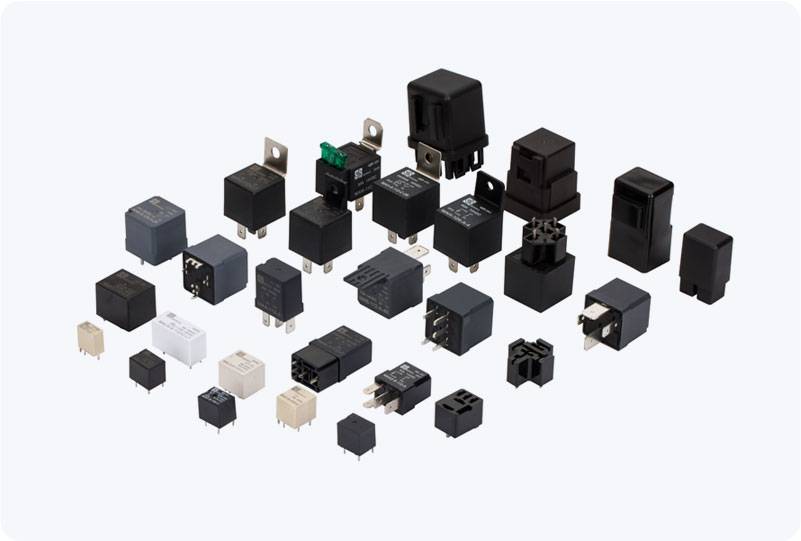In the world of electric vehicles (EVs), charging infrastructure plays a crucial role in ensuring seamless operation and accessibility for users. One of the most significant breakthroughs in EV charging technology is Tesla’s Supercharger network, designed to provide fast and efficient charging for Tesla vehicles. Central to the performance and safety of these charging stations is a component that often goes unnoticed but is essential for their effective operation: the Supercharger relay.

What is a Supercharger Relay? A Supercharger relay is an electrical component integrated into Tesla’s charging system that helps regulate the power flow between the Supercharger station and the vehicle’s battery. Essentially, it acts as a switch, ensuring that electrical energy is transmitted correctly and safely during the charging process. Without the relay, the charging station would struggle to communicate with the vehicle or ensure a consistent and safe flow of power. Key Functions of the Supercharger Relay Power Regulation The primary role of the Supercharger relay is to control the amount of electrical current that flows from the Supercharger station to the EV battery. Superchargers are designed to provide high-speed charging, meaning that the amount of electricity being delivered can be much higher than standard charging systems. The relay ensures that this high power is delivered in a way that matches the vehicle’s battery charging specifications, avoiding any risk of overcharging or damage to the battery.
Leave a Reply